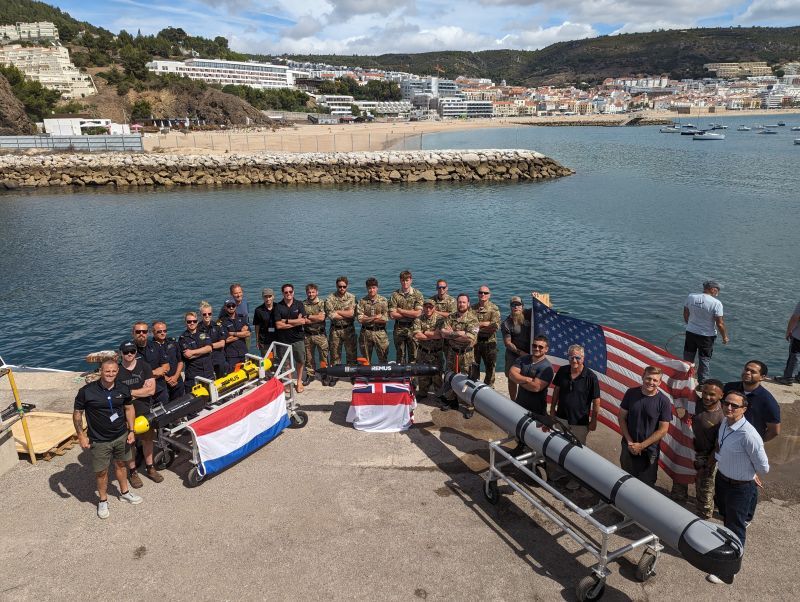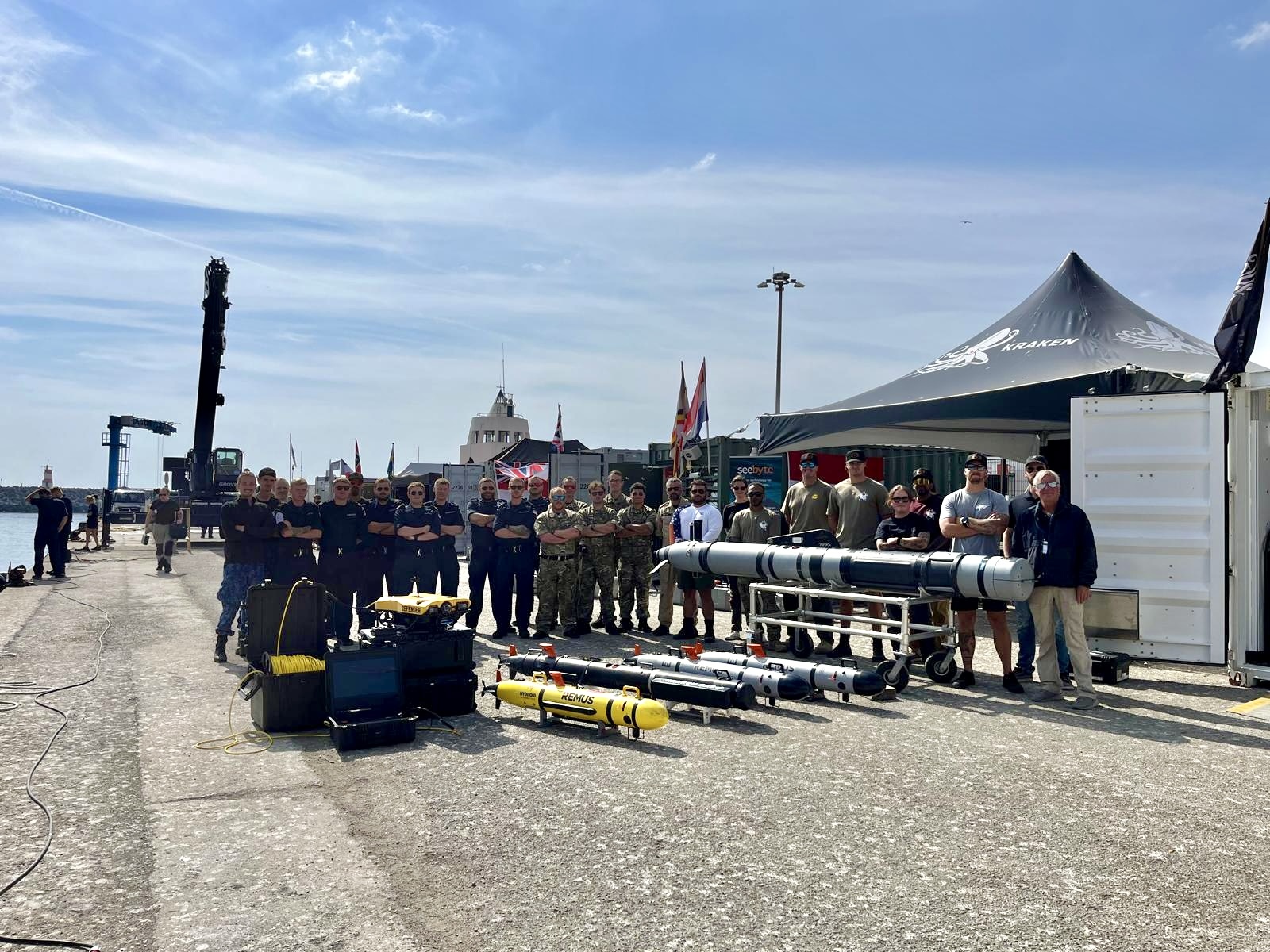Vehicle Interoperability
Unlocking the potential of collaborative systems across nations
Successfully operate across multiple domains and nations, integrate data and information sources, and manage mission planning and control for multiple systems. We focus on open vendor agnostic solutions, interoperability and data sharing.
Mission planning & execution
Using high-level mission goals defined by the user, the mission is broken down into tasks and objectives to be achieved. Alternative actions are analysed to optimise the mission plan and produce individual plans based on the assets capabilities. In-mission the plans are updated automatically, or on user instruction, to adapt to environmental change, threats and asset failures.
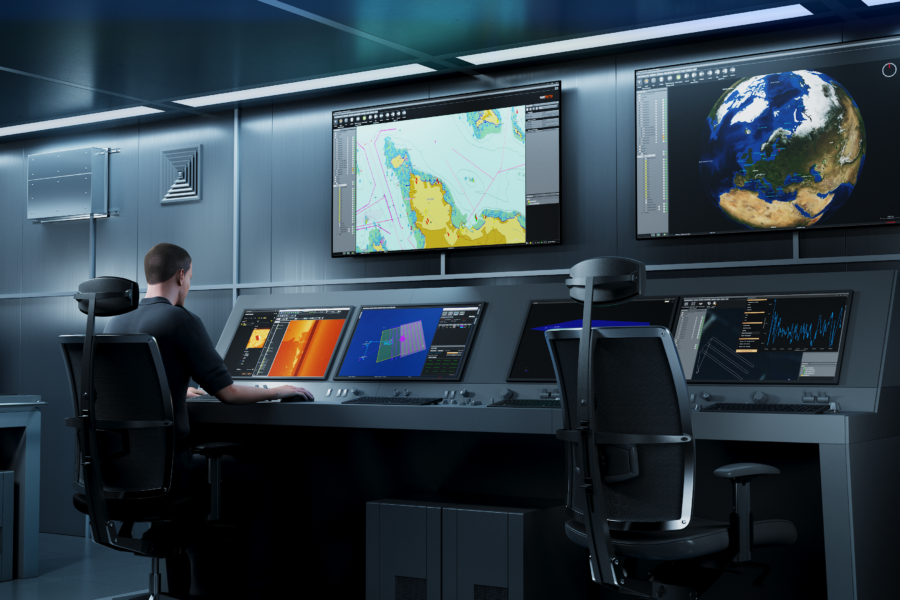
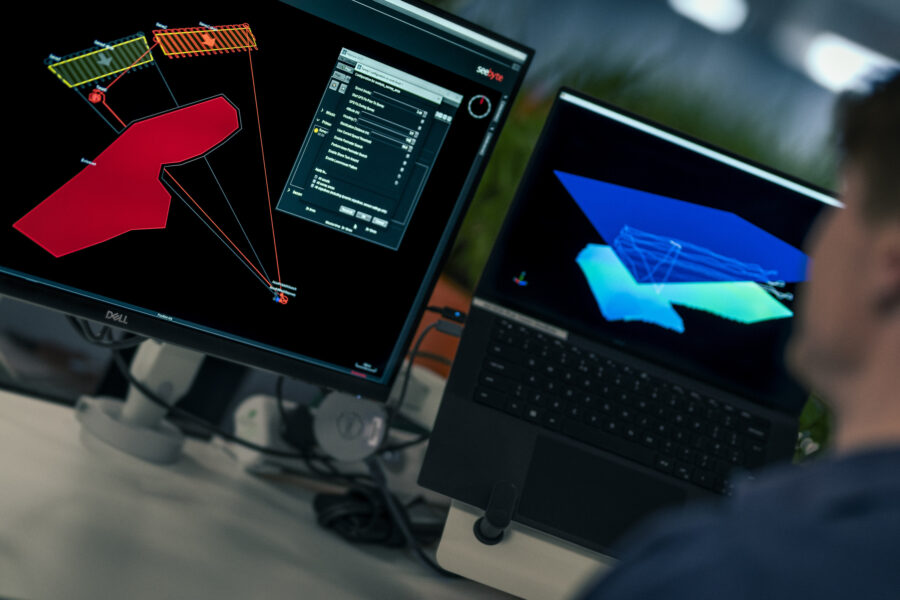
Mission Level Autonomy
Even routine missions can benefit from having mission level autonomy controlling squads of robotic and autonomous systems as a coherent unit to accomplish a common mission goal. The benefits increase when squads of multi-domain systems collaborate together as a single unit.
Decision support
During mission execution, the autonomous decision aids monitor the mission evolution. It alerts the user to emergent and anomalous events, offering a course of action and alternatives to support command decision making. It automatically updates the integrated mission plans accordingly.
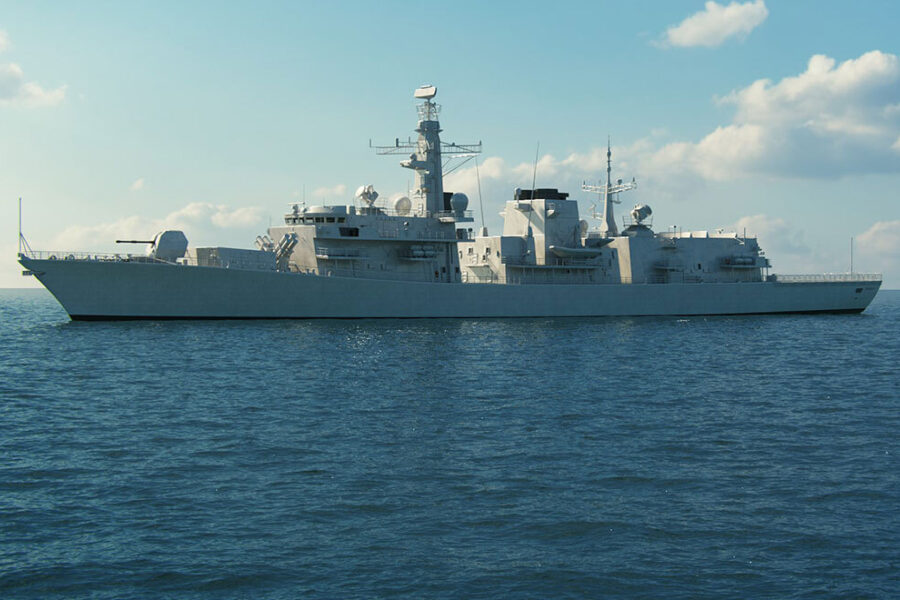
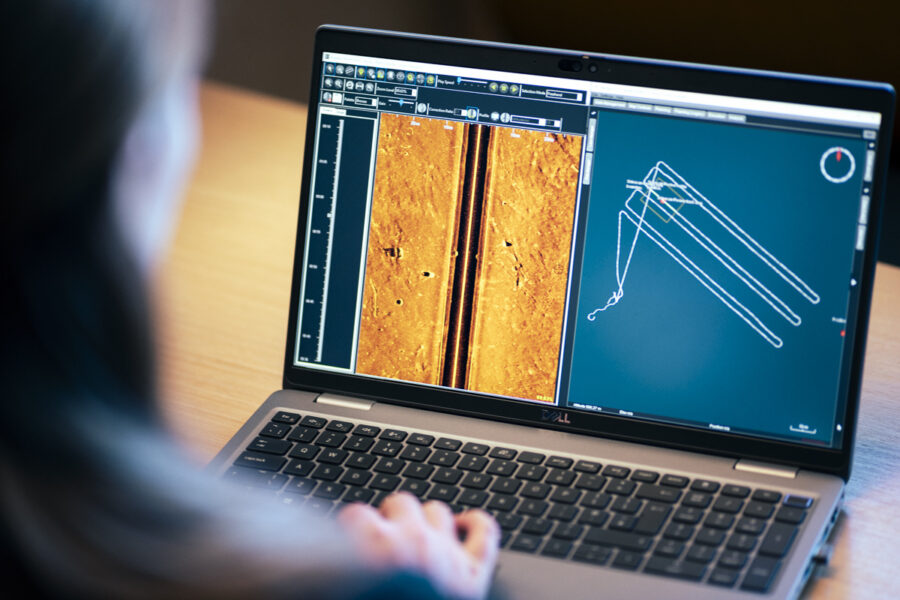
Open Systems
Our open architecture provides customers the ability to upgrade, replace, or add additional components of hardware or software. Customers and third-party companies readily integrate our solutions with their Combat Systems, robotic and autonomous systems, and other combat applications.
Enable Interoperability
Our products are designed to help manage autonomous maritime systems, ultimately providing situational awareness across all assets within the battlespace.
-
SeeTrack
-
Command and control software to manage multi-domain missions, monitor the tactical picture, and task a diverse range of systems.
-
Neptune
-
Intelligent autonomy that enables collaborative operation, decentralised control, and real-time adaption
-
ATR System
-
A comprehensive suite of tools for operator-assisted ATR that can be tuned for a variety of target types and environments.

